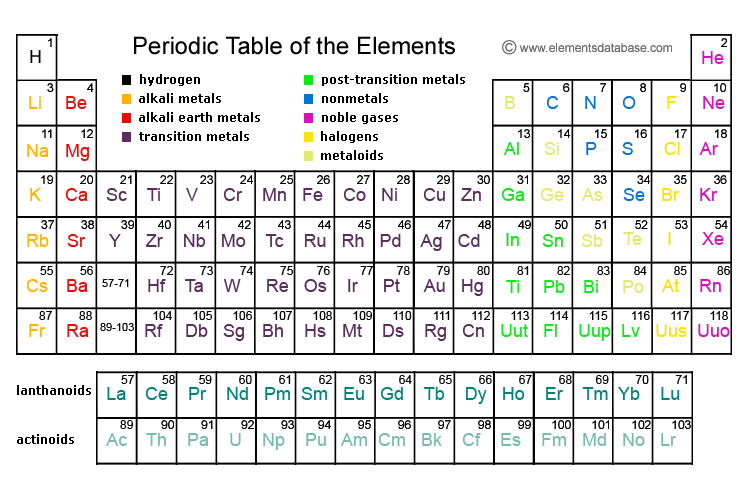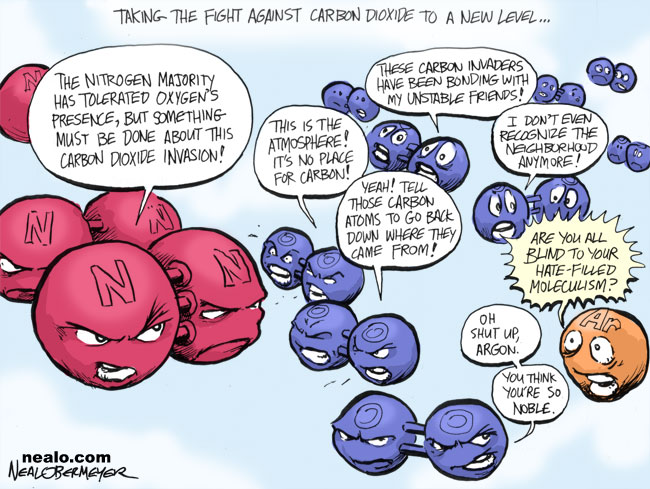Part 1 Physical Properties
As we all know, Oxygen has no color, odor or taste. The density of Oxygen is a bit more than air. The liquid and solid state of Oxygen takes a pale blue color. Oxygen is invisible as are most of the gases. The boiling point of Oxygen is 183 degree Celsius. The melting point of Oxygen is 218.4 degree Celsius. Oxygen is the leading member of the group VIA Elements-The Chalcogens. Some metallic elements absorb considerable amount of oxygen gas in their liquid state. Molten Silver, Gold, Platinum, Finely Divided Platinum, Palladium and Palladium Sponge all absorbs Oxygen.
 |
| Oxygen (The gas is not visible as it is colorless) |
Part 2 Chemical Properties
Oxygen has a lot of chemical properties. Some are listed below-
1. It is the essential element for the respiration processes of most of the living cells.
2. Oxygen supports combustion, although its non-combustible itself. All substance that usually burns in air, would burn with an extended amount of brilliance in presence of Oxygen.
3. Oxygen combines with almost all elements.
4. Oxygen is the component of hundreds of thousands of organic compounds.
5. Oxygen can be separated from air by distillation.
6. It is a very reactive oxidizing agent.
7. The electronegativity of Oxygen is 3.4.
8. We have to breathe Oxygen to live.
9. Dissolved Oxygen in rivers and other bodies of water breaks down organic wastes such as raw sewage
 |
| Just A Picture! |















.jpg)


